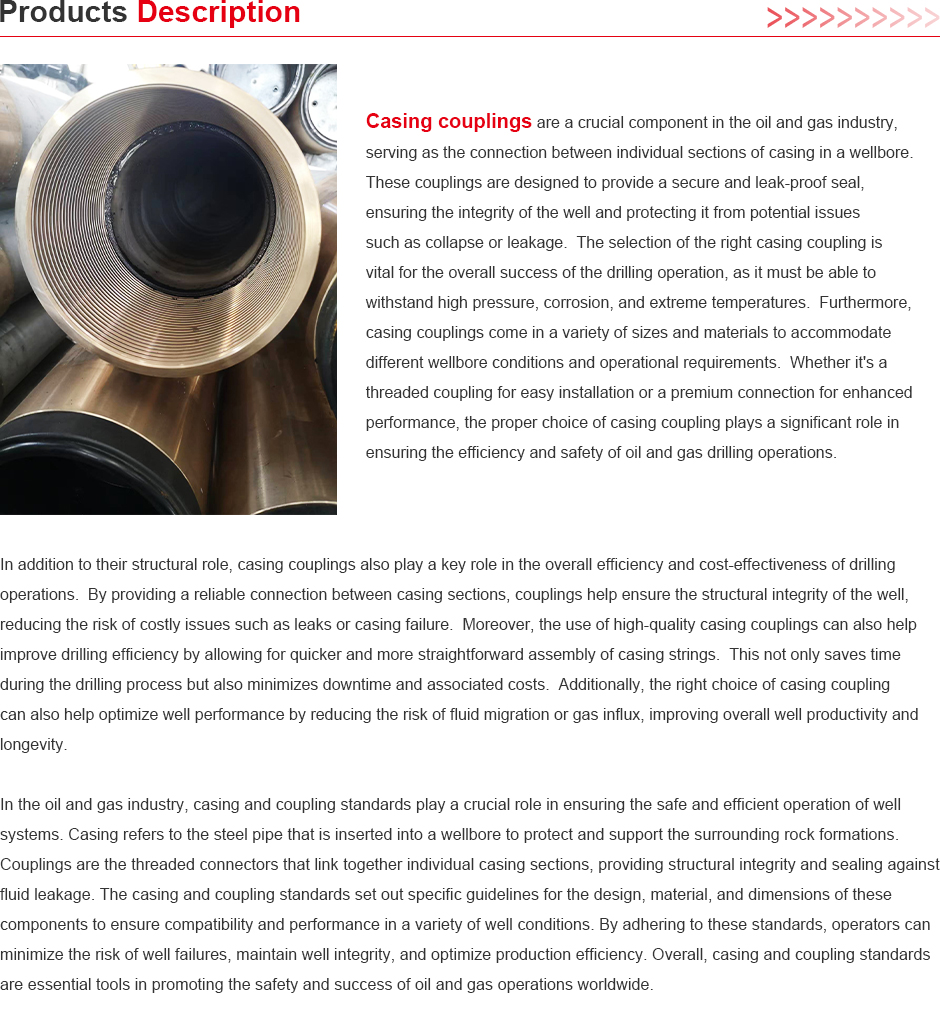- Afrikaans
- Albanian
- Amharic
- Arabic
- Armenian
- Azerbaijani
- Basque
- Belarusian
- Bengali
- Bosnian
- Bulgarian
- Catalan
- Cebuano
- Corsican
- Croatian
- Czech
- Danish
- Dutch
- English
- Esperanto
- Estonian
- Finnish
- French
- Frisian
- Galician
- Georgian
- German
- Greek
- Gujarati
- Haitian Creole
- hausa
- hawaiian
- Hebrew
- Hindi
- Miao
- Hungarian
- Icelandic
- igbo
- Indonesian
- irish
- Italian
- Japanese
- Javanese
- Kannada
- kazakh
- Khmer
- Rwandese
- Korean
- Kurdish
- Kyrgyz
- Lao
- Latin
- Latvian
- Lithuanian
- Luxembourgish
- Macedonian
- Malgashi
- Malay
- Malayalam
- Maltese
- Maori
- Marathi
- Mongolian
- Myanmar
- Nepali
- Norwegian
- Norwegian
- Occitan
- Pashto
- Persian
- Polish
- Portuguese
- Punjabi
- Romanian
- Russian
- Samoan
- Scottish Gaelic
- Serbian
- Sesotho
- Shona
- Sindhi
- Sinhala
- Slovak
- Slovenian
- Somali
- Spanish
- Sundanese
- Swahili
- Swedish
- Tagalog
- Tajik
- Tamil
- Tatar
- Telugu
- Thai
- Turkish
- Turkmen
- Ukrainian
- Urdu
- Uighur
- Uzbek
- Vietnamese
- Welsh
- Bantu
- Yiddish
- Yoruba
- Zulu
well tubing and casing
Well Tubing and Casing An Essential Aspect of Oil and Gas Production
In the intricate world of oil and gas extraction, the implementation of well tubing and casing stands as a fundamental aspect of ensuring operational safety and efficiency. Both components play critical roles in the structural integrity of a well, safeguarding the environment, and maximizing hydrocarbon recovery.
Understanding Tubing and Casing
To appreciate the importance of tubing and casing, it’s essential to understand their definitions and functions. Casing refers to the series of steel pipes placed in the drilled borehole to provide structural support and protect the well from collapse. It acts as a barrier between the wellbore and the formations that surround it, preventing the ingress of formation fluids and maintaining the pressure within the well.
On the other hand, tubing is the pipe that is inserted within the casing after the well has been drilled and completed. It serves as the conduit for oil and gas production, allowing these resources to flow from the reservoir to the surface for processing and transport. Unlike casing, which is a more permanent installation, tubing can be removed or replaced as necessary.
The Importance of Well Casing
Casing is crucial for several reasons
1. Well Integrity It ensures that the well maintains its integrity under varying pressure conditions. By providing structural support, casing mitigates the risks of well collapse, especially in unstable geological formations.
2. Isolation Casing isolates the productive zone from other rock layers. This isolation is vital for preventing the contamination of freshwater aquifers and for controlling the movement of fluids within the subsurface environment.
3. Pressure Maintenance Casing helps to maintain the pressure required for efficient hydrocarbon production, thus enhancing recovery rates from the reservoir.
4. Safety Casing significantly contributes to the overall safety of drilling operations. By containing potential blowouts and preventing the uncontrolled release of hydrocarbons, it reduces the risk of environmental disasters and protects crews working on the well site.
well tubing and casing

The Role of Tubing in Production
While casing is integral to ensuring the structural integrity of the well, tubing is key to enabling efficient production. The design of the tubing string is critical, as it must withstand the pressure and temperatures of the produced fluids, which can vary widely depending on the characteristics of the reservoir.
1. Flow Efficiency Tubing allows for the efficient flow of hydrocarbons to the surface. Its diameter and material selection directly impact the rate of production and the overall economics of the project.
2. Maintenance and Repair Unlike casing, tubing can be serviced, replaced, or retrieved without having to abandon the entire well. This flexibility allows for ongoing optimization of production techniques and strategies.
3. Enhanced Recovery Techniques Advanced methods such as acidizing or hydraulic fracturing often require specific tubing designs to facilitate the injection of fluids necessary for stimulating production.
Challenges and Considerations
Despite their importance, well tubing and casing face various challenges. Proper selection of materials is crucial, as they must be resistant to corrosion and wear from produced fluids, which may contain abrasive particles or corrosive compounds. The installation process must also be meticulously planned and executed to prevent future operational issues.
Moreover, the economic factors in selecting casing and tubing need consideration. The balance between cost and the expected lifespan of the materials must be well managed to ensure profitability.
Conclusion
In conclusion, well tubing and casing are vital components in the oil and gas industry, each serving distinct yet interconnected functions. Their roles in ensuring well integrity, isolation, flow efficiency, and safety cannot be overstated. As technology advances and production techniques evolve, the materials and methods used in casing and tubing will continue to play a crucial role in optimizing hydrocarbon recovery while minimizing environmental impact. Understanding these elements not only highlights their importance in daily operations but also informs future innovations in the industry.
-
Tubing Pup Joints: Essential Components for Oil and Gas OperationsNewsJul.10,2025
-
Pup Joints: Essential Components for Reliable Drilling OperationsNewsJul.10,2025
-
Pipe Couplings: Connecting Your World EfficientlyNewsJul.10,2025
-
Mastering Oilfield Operations with Quality Tubing and CasingNewsJul.10,2025
-
High-Quality Casing Couplings for Every NeedNewsJul.10,2025
-
Boost Your Drilling Efficiency with Premium Crossover Tools & Seating NipplesNewsJul.10,2025







